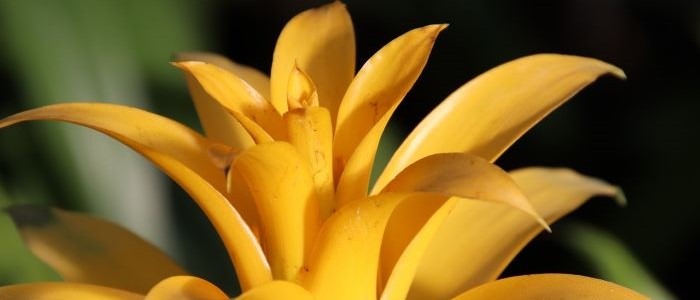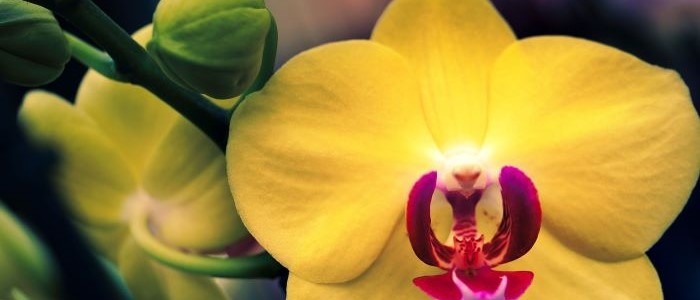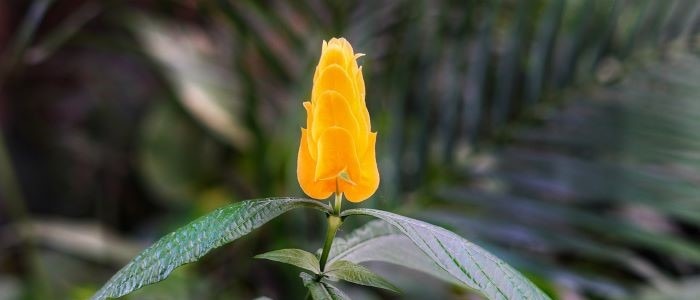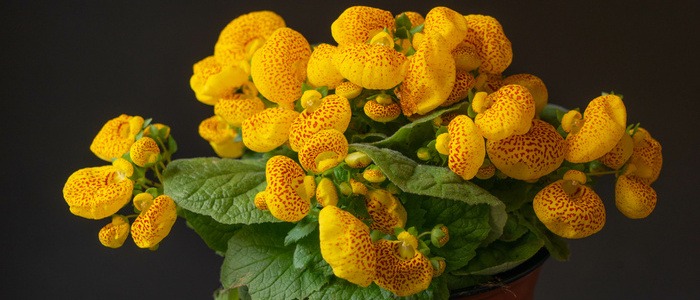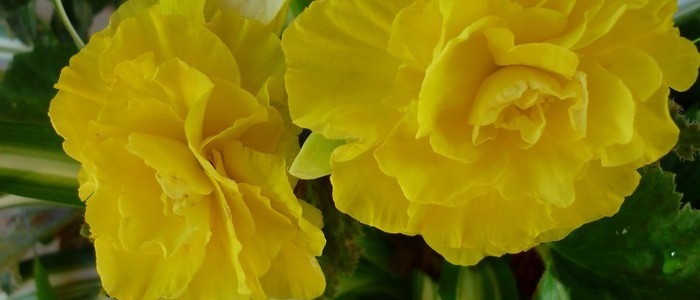If you are looking for a beautiful yellow houseplant to place on your windowsill or in a hanging basket, then the Elatior Begonia is a perfect choice. This gorgeous plant prefers indirect light and a humid environment. it also grows well outdoors in USDA zones 8-11.
A common misconception about this plant is that it is difficult to grow, but there are many ways to grow it. The Elatior Begonia grows very slowly. It does not tolerate drought and is very sensitive to standing water. Its flowers are delicate and should be deadheaded as they fade. You can purchase this beautiful plant at home gardening stores or grocery stores.

Elatior Begonia Frequently Asked Questions
Do begonias like lots of water?
Begonias do enjoy regular watering, but they do not like to be constantly saturated. It is important to keep the soil evenly moist, allowing the top inch to dry out between waterings. Overwatering can lead to root rot and other issues, so it is best to water begonias thoroughly and then let the soil dry out slightly before watering again. Additionally, it is important to avoid getting water on the leaves of the begonias, as this can promote fungal diseases
How do you keep begonias blooming?
To keep begonias blooming, it is crucial to provide them with the right amount of light. These plants thrive in bright, indirect sunlight, so placing them near a window with filtered light or providing them with artificial grow lights can help stimulate blooming. Additionally, regular fertilization is essential to promote healthy growth and abundant flowers. Using a balanced, water-soluble fertilizer every two to four weeks during the growing season can provide the necessary nutrients for continuous blooming. Lastly, removing spent flowers, also known as deadheading, encourages the plant to produce more blooms by redirecting its energy towards new growth rather than seed production.
How to Take Care of the Elatior Begonia Plant
The Elatior Begonia is a favorite among flowering plants because of its vibrant flowers and foliage. It is easy to care for and thrives in its optimal environment. It belongs to the Begoniaceae family and is the 6th largest flowering plant genus in the world. Aside from its beautiful flowers, this plant is a valuable ornamental for both indoor and outdoor areas. It grows best in warm, humid, indirect light.
When starting a new planting, prepare a well-draining potting soil for your new Elatior Begonia. This kind of soil needs a neutral pH level and lots of organic matter. Overwatering is the worst enemy of this plant, so select a well-draining variety that is rich in organic matter. This will prevent the roots from drying out and ensure that the plant receives ample moisture.
Water your Elatior Begonia plant regularly. Be sure to water the plant when the soil is dry on the top two inches. When watering, make sure to thoroughly drench the root ball before letting the excess water drain out of the pot drainage holes. Do not over-water your plant, since it does not tolerate wetness on the leaves. This is one of the main reasons it needs to be kept indoors.
Easiest Way to Propagate the Elatior Begonia Plant
The easiest way to propagate the Elatior Begonia is by stem or leaf cuttings, which can be made during any season. Once they have finished blooming, they should be kept short to allow for new shoots.
Taking a stem cutting from the parent plant is the easiest way to propagate the plant. You don’t have to cut the leaf; simply slice the stem and insert it into a pot or a seedling tray with potting mix. The stem or leaf cuttings should be soaked in a root formation stimulator before insertion into the propagation medium.
Heteroauxin solution is also an excellent rooting medium for Elatior Begonia plants. You can also plant the cuttings in vermiculite, perlite, or sphagnum, which have antibacterial properties.
Begonias can be overwintered indoors using their tubers. Once the foliage dries out, you can replant the plant and enjoy its beautiful flowers all season long. If you live in an area where the winters are harsh, you can grow your Elatior Begonia indoors, as long as you keep it out of cold drafts and avoid too-dry conditions.
Tips on How to Prune the Elatior Begonia Plant
There are various ways to prune the Elatior Begonia. One of the most important methods is to remove the spent flowers and leaves. If you are having trouble with this type of plant, you can re-pot it every few years.
You can also prune the stems of Elatior Begonia after it starts its new growth in the spring. After new growth emerges, pinch back the stems two or three times, at four-week intervals. Pinching back the tips of new growth encourages the plant to branch at this point, which will produce more leaves, stems, and flowers. Pruning begonias will encourage them to bloom for extended periods of time.
When pruning the Elatior Begonia plant, you should keep in mind that it has many branches. To encourage lateral branch germination, remove terminal buds around two weeks after the plant has shifted into the pot.
Once the third or fourth leaf is fully developed, you can then begin to prune the plant. The lateral branches will continue to grow, giving the plant a plump shape. While it’s acceptable to prune the plant two or three times, it’s important to prune the buds regularly.
Common Problems With Growing the Elatior Begonia
One of the most popular begonias to grow is the Elatior Begonia. Depending on where you live, this plant will grow well as a houseplant or outdoors, and its beautiful flowers look great in both indirect and direct sunlight. Common problems with this plant include rot and mildew, so it’s important to limit watering. It can also suffer from infestations of aphids, mealybugs, and spider mites, so it’s important to keep it moist.
If you’re growing this plant indoors, you should make sure that the air is moist. Elatior begonias can suffer if the air in their home is too dry. If you’re worried about drying out the soil, place your Elatior Begonia on a shallow tray with pebbles and water it every day. Avoid letting the water sit on the plants; mist them with a spray bottle or a humidifier.
Take care to avoid overwatering as this can cause root damage. During the cold winter months, additional illumination may be necessary. A variety of conditions must be met for the Elatior Begonia to thrive. In addition to the right conditions, it needs to be protected from frost, as a weakened plant will not grow well.
Yellow Houseplants Other Than The Elatior Begonia

